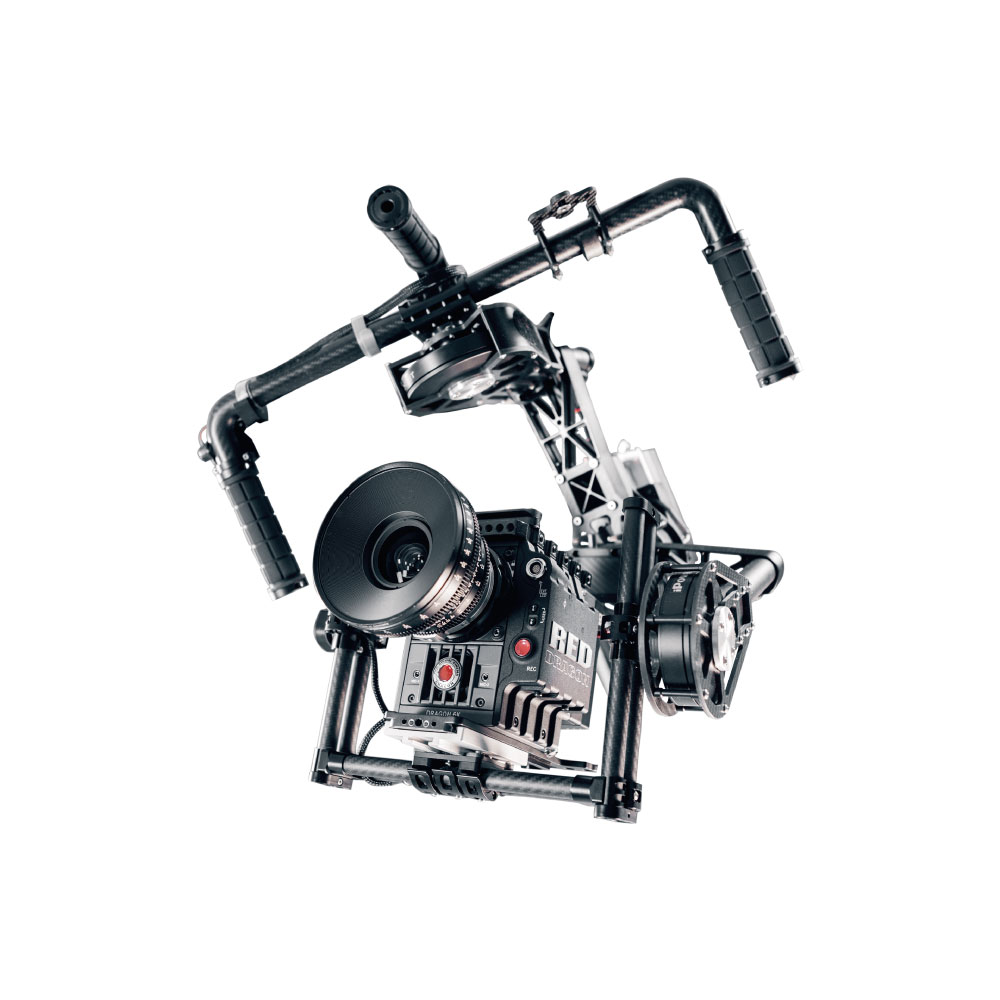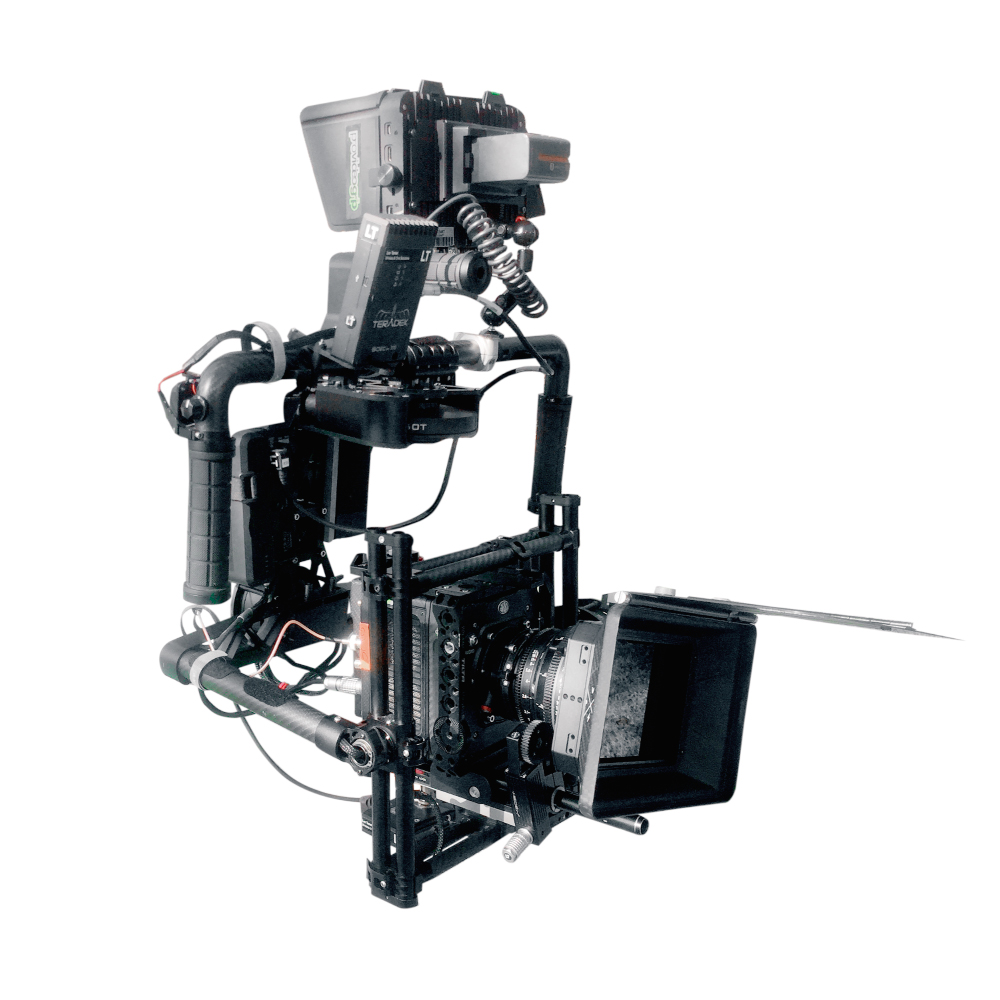Just about the time i became a freelance worker i developed an interest in the new gyro-stabilized technology making its appearance on the internet.
There they were this devices commonly known as “gimbals” that had the potencial of “democratizing” cinematic camera movement. Great film-like shots became accesible to practically anyone without the need of a bulky budget.
The time had come to invest in this project, but there was only one option and it was still expensive: the Freefly Movi M5. And there was the issue of technical service, as I knew it was very dangerous to buy “first generation” models that usually come with native imperfections that can become a problem. We were very far from USA, headquarters of the company.
So i decided to produce my own equipment. I teamed up with Ariel Lagostena (Tecnogrips), a man of natural engineering genius, and started a collaboration of countless comings and goings over the years about the constant improvement of the “G” models. I would put them to the test as an operator and we would develop their functionality further.
That’s the story of the g5 and g20 models, and the name i gave to it, “Gyroscope”.







